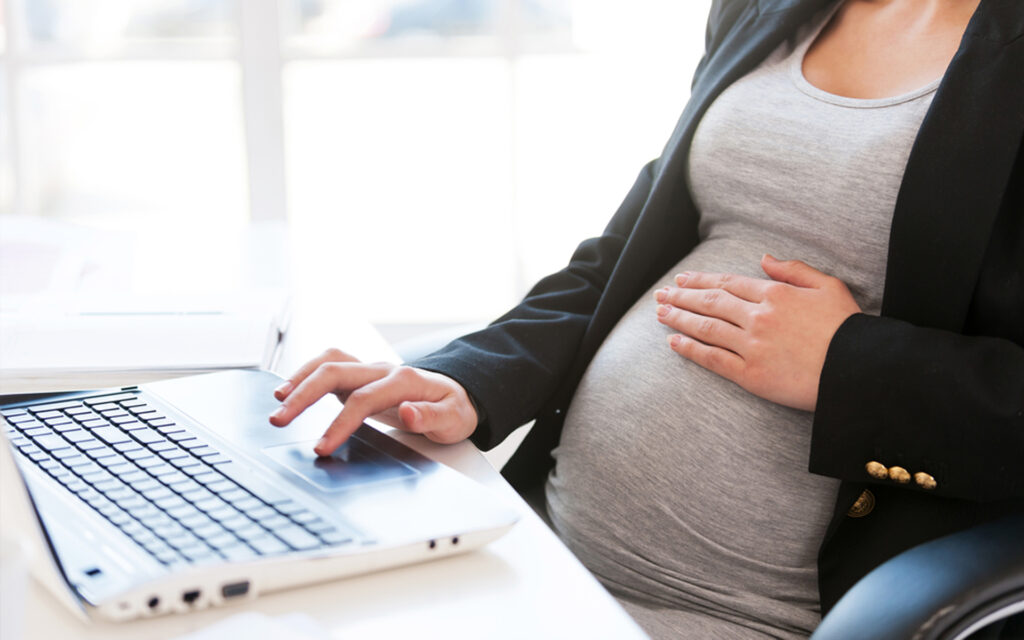
Bringing a child into the world is one of life’s most profound experiences. For California residents, the state provides some of the most progressive family leave protections in the U.S., especially for new parents. However, understanding how to take family leave, when to start it, and what you’re entitled to can feel overwhelming — especially during such an emotional and life-changing time.
In this guide, we’ll walk you through the key steps and rules for taking family leave in California, with a focus on birth parents, and highlight what kind of paid and unpaid leave is typically available.

✅ Family Leave Basics in California
In California, birth parents may qualify for leave under three overlapping programs:
- Pregnancy Disability Leave (PDL)
- California Family Rights Act (CFRA)
- Paid Family Leave (PFL)
Each offers different protections and benefits, but when combined, they can provide a comprehensive leave period — both before and after the birth of your child.
👶 Typical Family Leave for Birth Parents
Here’s how family leave usually breaks down for someone who gives birth:
Vaginal Birth
- Total Leave: 22 weeks
- Before Birth: Up to 4 weeks (Pregnancy Disability Leave)
- After Birth: 18 weeks
- 6–8 weeks recovery (Pregnancy Disability Leave)
- 12 weeks bonding time (CFRA)
💰 Paid Weeks: 17 out of 22 weeks (at 60–70% of weekly wages, depending on income)
Cesarean Birth
- Total Leave: 22 weeks
- Before Birth: Up to 4 weeks (Pregnancy Disability Leave)
- After Birth: 18 weeks
- 8 weeks recovery (PDL)
- 12 weeks bonding time (CFRA)
💰 Paid Weeks: 19 out of 22 weeks (at 60–70% of wages)
📝 Step-by-Step: How to Take Family Leave in California
Here’s what you need to know and do, step by step.
1. Know Your Eligibility
- PDL: Available to employees with any employer and no minimum time worked requirement.
- CFRA: Applies if you’ve worked at least 1,250 hours in the past year and your employer has 5+ employees.
- PFL: No employer size limit — only that you’ve paid into the California State Disability Insurance (SDI) system (most employees do).
2. Talk to Your Employer Early
Notify your employer at least 30 days in advance of your expected due date and leave plans. This gives your HR department time to help you coordinate and preserve your job protections.
3. Apply for Disability Benefits (SDI)
- Submit your application online through the EDD website.
- You can start receiving disability pay up to 4 weeks before your due date.
- Your doctor will need to verify the medical necessity.
4. Transition to Paid Family Leave (PFL)
- After your disability leave ends, apply for California Paid Family Leave (PFL) for bonding time.
- You can take PFL all at once or split it up during the first year of your baby’s life.
5. Use CFRA Leave for Job Protection
- Your bonding leave also qualifies as CFRA leave, ensuring your job is protected during this time.
- CFRA leave is unpaid, but it runs concurrently with PFL, which provides partial wage replacement.
🛑 What Family Leave Doesn’t Cover
- California’s programs provide partial wage replacement — not full pay.
- Your employer is not required to pay you, unless you use vacation or sick days.
- Not all time off is automatically job-protected unless you qualify under PDL or CFRA.
- Independent contractors and gig workers may not qualify for some benefits.
🤱 Other Types of Leave and Support
- Partner/Non-Birthing Parent Leave: Eligible for 12 weeks of bonding leave under CFRA and PFL.
- Breastfeeding accommodations: Required by law — your employer must provide time and a private space.
- Intermittent leave: CFRA allows you to take bonding leave in chunks within the baby’s first year.
📊 Visual Breakdown (Based on Your Chart)
Vaginal Birth:
| Period | Weeks | Paid? |
|---|---|---|
| Before due date (PDL) | 4 | Yes |
| Post-birth recovery (PDL) | 6 | Yes |
| Bonding (CFRA + PFL) | 12 | 7 paid |
| Total Leave | 22 | 17 Paid |
Cesarean Birth:
| Period | Weeks | Paid? |
|---|---|---|
| Before due date (PDL) | 4 | Yes |
| Post-birth recovery (PDL) | 8 | Yes |
| Bonding (CFRA + PFL) | 12 | 7 paid |
| Total Leave | 22 | 19 Paid |
🧠 Final Tips for Planning Your Leave
- Review your paystubs to confirm you’re paying into SDI.
- Save your time off early to extend leave or supplement partial wage replacement.
- Consider talking with an employment law attorney if your leave is denied or your job is at risk.
- Plan your return-to-work transition — communicate with HR about pumping schedules, flexibility, or reduced hours if needed.
💬 Conclusion: Plan Early, Know Your Rights
California makes it easier than most states to balance work and parenthood, but the system can be confusing if you’re not prepared. By understanding your rights under PDL, CFRA, and PFL — and applying early — you can make the most of your family leave while ensuring your financial stability and job security.



